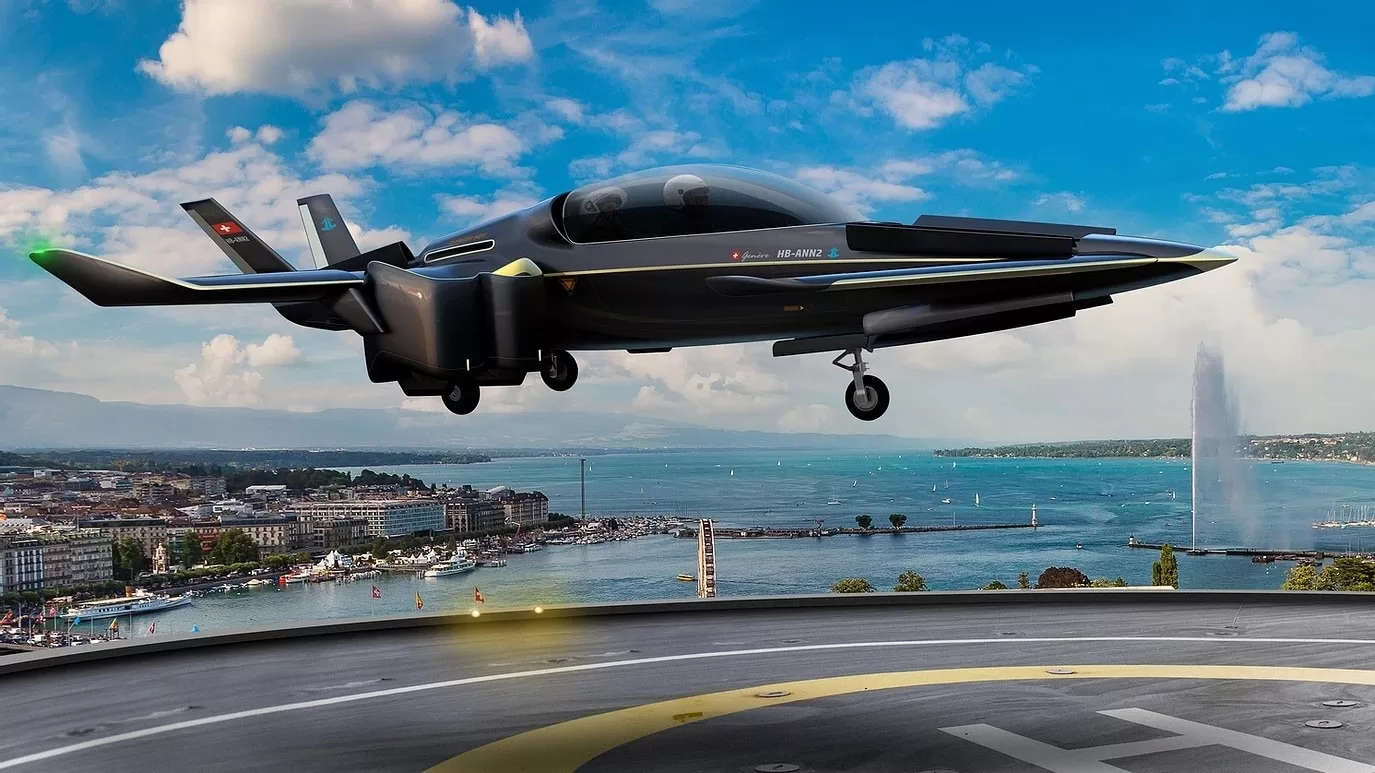A one-third scale model of Manta Aircraft’s ANN2 hybrid-electric aircraft flew for the first time last week. In addition to the two-seat fixed-wing aircraft and four-seat ANN4, the Swiss start-up is also developing a high-performance drone.
The aircraft could have a range between 300 and 900 km (186 to 559 miles) and a cruise speed of 300 km/h (186 mph), depending on whether they operate in VTOL or STOL mode. With advances in technology, the propulsion system will transition to all-electric or hydrogen power.
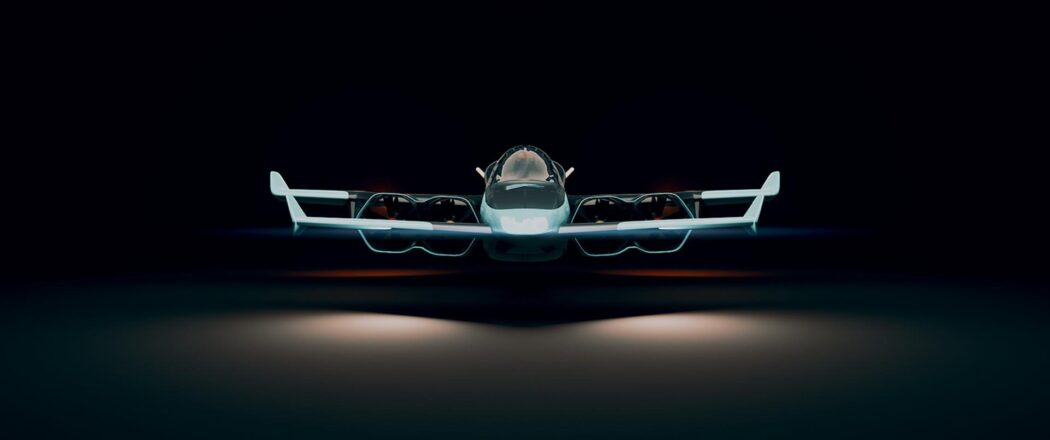
As part of its VTOL/STOL development program, the Italian company is developing a pair of light hybrid-electric aircraft. As the technology behind these options advances, the propulsion system will transition to all-electric or hydrogen power.
Law enforcement, disaster control, and emergency medical support are among the roles to which the ANN2 can be applied. As well as possible freight deliveries and special missions roles, the ANN4 is designed to be used for commercial air taxi operations and other business aviation operations.
A one-third scale model of the ANN2 was flown by Manta on December 9, 2020. By 2025, type certification and service entry are expected. A full-scale prototype will be tested in 2022, and pre-production will begin by 2023.
At a private airport near Milan in northern Italy, a model was able to achieve a short vertical hover on December 9, with tethers attached to prevent it from landing in wet snow that had fallen.
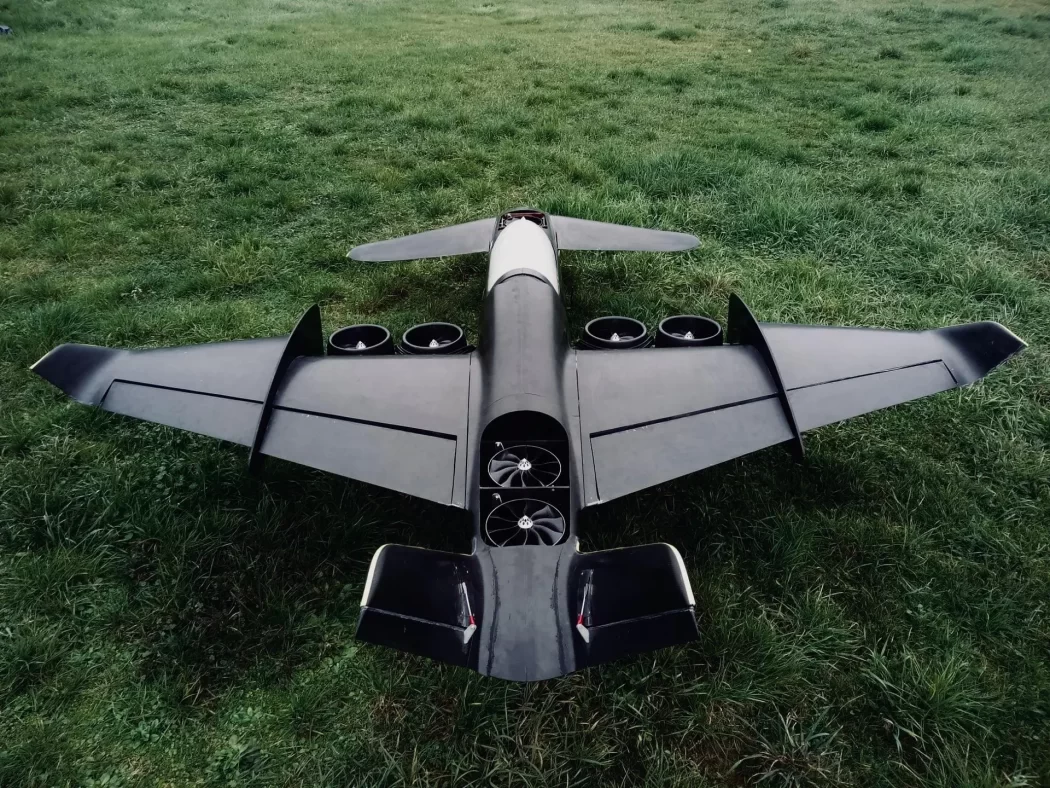
A group of European entrepreneurs founded the company in June 2019 and is seeking further investment to further the program. A few minor changes will be made to the flight control software before the model can be flown again.
A V-shaped tail, a fixed main wing, and a forward canard are shown in early drawings of the all-composite aircraft. An unspecified engine drives eight ducted fans, four of which are located in the wing and four in the fuselage, as part of a hybrid propulsion system.
In addition to several takeoffs and landings, the company said that the ANN2 model showed “good control behavior” in accordance with the design’s projected performance. An official presentation of the project was held in Milan on December 11.
As well as working for Pilatus Aircraft, which builds the popular PC-12 and PC-24, Manta’s founders have experience in the automotive and yacht-building industries. aircraft. As well as having a subsidiary in Italy, the company plans to utilize rapid prototyping techniques used in Formula 1 racing. Former Leonardo aerospace boss Giuseppe Orsi advises the company.
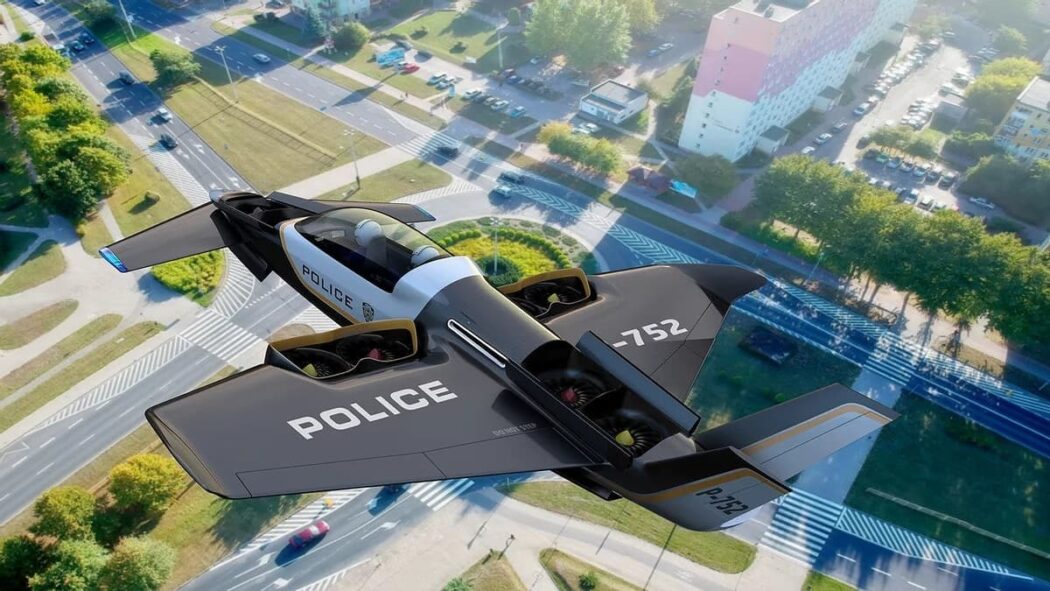
During the time Leonardo Helicopters (when it was AgustaWestland) was developing the “Zero” electric rotorcraft concept, Orsi, who led the company at that time, told the presentation on December 11 that the aviation industry has generally been less effective at adopting new technologies like electric motors, batteries, new materials, automation, robotics, and artificial intelligence than the automotive sector. Both industries should cross-fertilize more, he said.
Innovations that penetrated racing car divisions are now deeply embedded in the lymphatic system of major automakers,’ he explained. Consequently, modern cars use sensors and computers that were designed for aerospace, at a fraction of the cost of the originals, and car manufacturing now incorporates many tools and methods from aerospace, including simulators, wind tunnels, and crash tests.
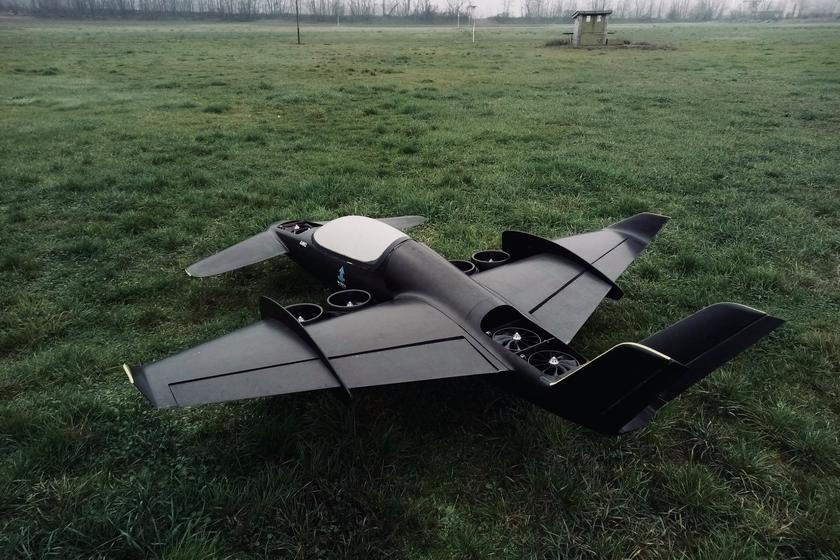
A partnership has been formed between Manta and Ycom, a company that specializes in advanced composite materials designed for the motorsports industry. In order to build test models for the ANN, the company is fabricating fuselages and wings.
In order to maximize performance using available technology and overcome the limitations of current battery technology for all-electric designs, Marchesini said Manta chose hybrid-electric propulsion and dual VTOL/STOL operations.
According to him, operating 100 all-electric eVTOL aircraft over 18 hours would require extensive battery swapping, with more than 4,000 battery recharges per day required for a fleet of 100 such aircraft. A 90-minute battery recharge would allow each aircraft to fly for only three hours a day without battery swapping.
The aircraft’s maximum takeoff weight can be increased from around 1,650 pounds to 2,200 pounds by allowing short-takeoff and landing operations from a 650-foot runway. A 350-liter fuel tank will be stored on each wing of the aircraft, and 60 liters of fuel will be burned during flight, resulting in longer range.
Moreover, Marchesini said, emergency medical support could be provided by the aircraft. According to him, the aircraft could replace helicopters for some missions, with operating costs around $200 to $300 per hour. Additionally, Manta plans to build a four-seater model or a two-seater with a larger cargo bay.
The ANN aircraft, which will take off and land vertically if necessary, is expected to be used mostly for flights between cities and within regions. In addition to diesel, Jet-A, and bio-diesel fuel, the company has not yet specified how these engines will run.
In addition to software and control laws, the Manta team is also developing flight control systems for fly-by-wire aircraft. In anticipation of the control system’s 16 channels, it has filed European patent applications.
During the production phase of the program, Manta welcomes discussions with potential partners. Aiming to hire 50 or 60 people by the end of 2021, it is currently seeking financing for expansion.
This aircraft is expected to be certified under the European Aviation Safety Agency’s new Special Condition rules for new VTOL aircraft.


